Many families are spending more time at home to stem the spread of COVID-19, but for too many, home isn’t a safe and healthy environment. While the vast majority of New York residents have a “no smoking in the house” rule, for those living in apartments and other multi-unit housing, the decision to have a smoke-free home is not theirs alone. Secondhand smoke drifts into units from common areas, through doorways, plumbing and ventilation systems, creating unhealthy living conditions for everyone in the building.
Secondhand smoke contains hundreds of toxic chemicals, including more than 60 carcinogens. Exposure to secondhand smoke can cause heart disease, lung cancer and stroke among adults, and increase the risk of respiratory problems, ear infections, more frequent and severe asthma attacks and even sudden infant death among children. There is no risk-free level of exposure to secondhand smoke.
To support the health of their residents and staff as well as to save money on property damage and turnover costs, many market-rate, affordable and public housing have adopted smoke-free policies. A partial listing can be found HERE. The need for smoke-free apartments, however, exceeds the supply. Faced with limited options, apartment residents, especially those who are income-limited, must sacrifice the benefits of a smoke-free unit in order to provide a roof over their families’ heads.
Given the respiratory risks associated with COVID-19, reducing all risks to lung health, including exposure to secondhand smoke, is vital. For more information or assistance on adopting a smoke-free housing policy, visit our Smoke-Free Housing page.
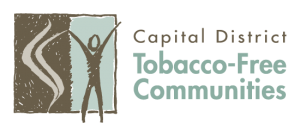
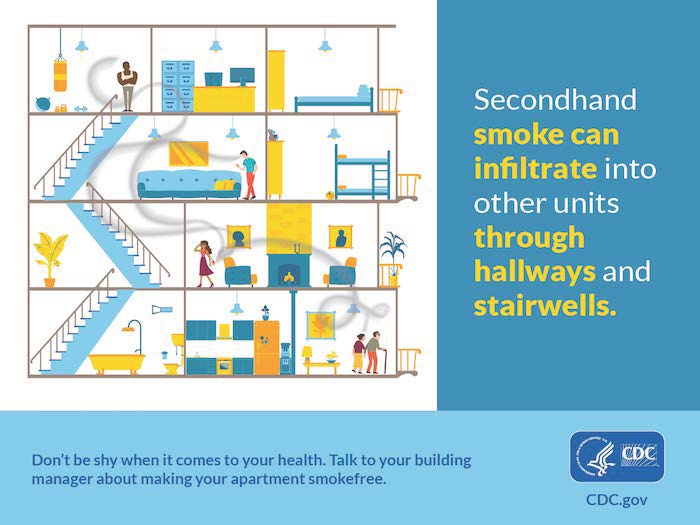

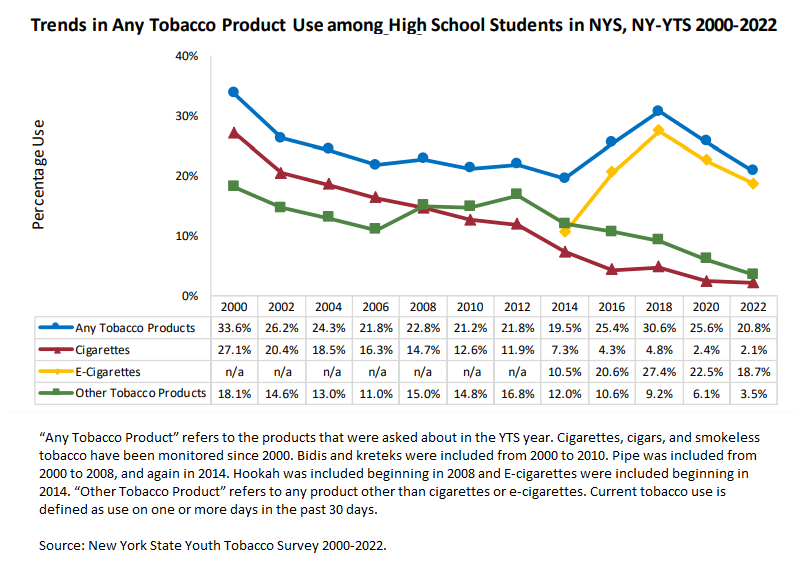
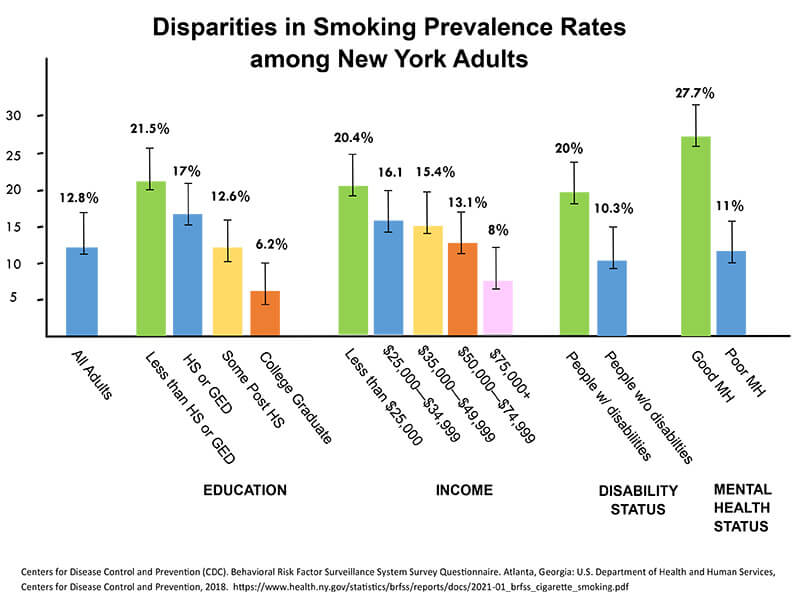
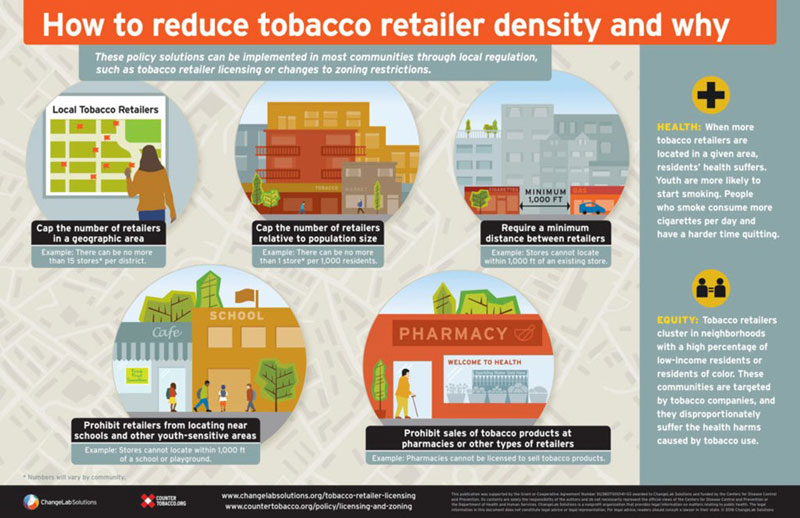



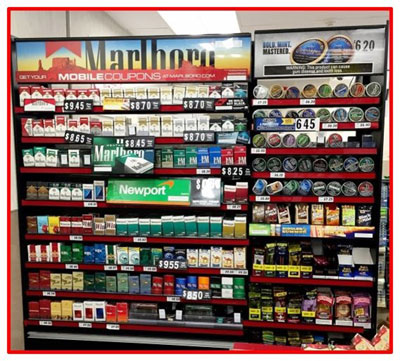 To the left is a typical tobacco product display. If you don’t use tobacco, you may not even notice, but kids do. Kids see. Kids notice. Kids remember. In fact, kids are more than twice as likely as adults to notice and remember retail tobacco marketing.
To the left is a typical tobacco product display. If you don’t use tobacco, you may not even notice, but kids do. Kids see. Kids notice. Kids remember. In fact, kids are more than twice as likely as adults to notice and remember retail tobacco marketing.